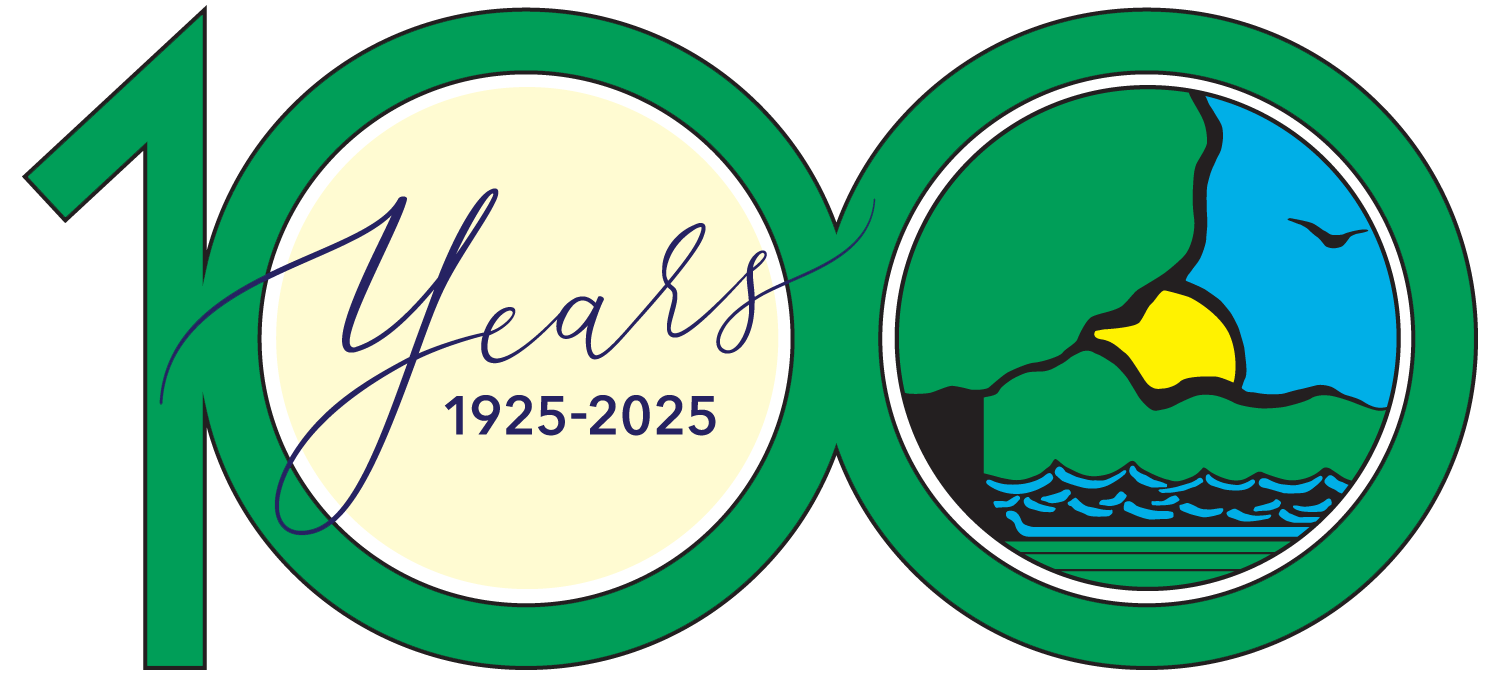
NGRREC’s Habitat Strike Team partnering for another prescribed fire. Photo by Nicole Gray



NGRREC’s Habitat Strike Team partnering for another prescribed fire. Photo by Nicole Gray
Illinois is home to 4.9 million acres of forest land and more than 87,000 miles of rivers and streams that provide resources to both residents and wildlife. The state is well known by hunters all over the country for its population of white-tailed deer. It sounds great, except there’s a catch. More than 95 percent of the land in Illinois is privately owned, leaving few resources for outdoor enthusiasts to access public outdoor recreation.

The Illinois Recreational Access Program (IRAP), created by the Illinois Department of Natural Resources (IDNR) with grant support from the federal Natural Resources Conservation Service’s Volunteer Public Access – Habitat Improvement Program (NRCS VPA-HIP), fulfills this need by coordinating public access on private lands for outdoor enthusiasts. Thousands of adults and hundreds of youth hunters have accessed the 19,600 acres of private land leased from Illinois landowners since the program began in 2011. Enrolled landowners allow controlled public access to their property for select activities that include fishing, archery deer, youth turkey and waterfowl hunting. In exchange, the landowners receive monetary incentives, liability coverage, habitat management plans and assistance with habitat restoration projects from the Habitat Strike Teams (HST).

The southern Illinois HST, which is comprised of Nicole Gray, Thomas Ladson and Cody Berry, is funded by a partnership agreement between IDNR and the National Great Rivers Research and Education Center (NGRREC), which is directly affiliated with Lewis and Clark Community College (LCCC; Godfrey). This unique partnership not only supports the dedicated HST, but also bolsters NGRREC’s research and education mission. The HST has hosted interns from LCCC’s Restoration Ecology Program and NGRREC’s summer internship program. These students have gained relevant experience in habitat management and research experience assessing the effects of management on vegetation and wildlife. HST members Gray and Berry are both products of LCCC’s Restoration Ecology Program.

The key responsibility of the HST is habitat management, where they use their practical restoration knowledge to help landowners improve their land for wildlife. More than 11,000 acres of habitat projects have been completed by NGRREC’s HST which includes:
The HST’s primary management objective is to eliminate exotic invasive vegetation on properties, particularly in woodland habitats, and the most commonly known and abundant offender is bush honeysuckle (Lonicera maakii), which can suppress understory native flora. One of the most common methods used to combat invasive plants is foliar (i.e. leaves) application of herbicides with backpacks full of glyphosate or, if accessible, a gas-powered sprayer mounted to a UTV. Prescribed fire is another effective tool used by the HST in suppressing invasive woody vegetation while promoting oak regeneration, releasing other herbaceous natives from competition, and reducing fuel buildup. Ultimately, the HST uses a variety of management strategies to foster more open canopy and floristically diverse woodlands as opposed to closed canopy forests. There is rarely a “silver bullet” management prescription to improve wildlife habitat, and often a sustained and varied management approach is most successful.
Dr. Justin J. Shew is the Conservation Program Manager for the National Great Rivers Research and Education Center (NGRREC) of Lewis and Clark Community College (Godfrey). He is past president of the Illinois Chapter of the Wildlife Society and holds an adjunct professor and research mentor position with Webster University (St. Louis, MO). He manages the NGRREC’s Land Conservation Specialist Program and Habitat Strike Team and has the privilege of mentoring students on research projects connected to restoration and wildlife ecology. Contact Shew with any questions at jshew@lc.edu and a pre-print version of the manuscript discussed in this story can be found here.
Nicole M. Gray is the Habitat Project Coordinator for the IRAP Habitat Strike Team based at NGRREC. She is a graduate of the Lewis and Clark Community College - Restoration Ecology Program, an Illinois Certified Prescribed Burn Manager and an advocate for the practice of land management that promotes native plant communities.
Submit a question for the author